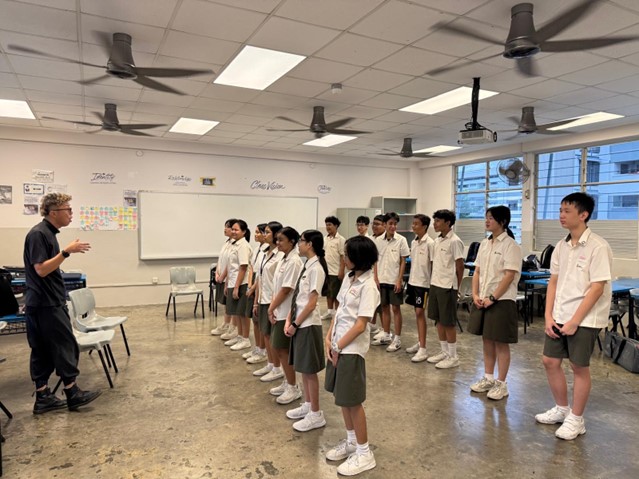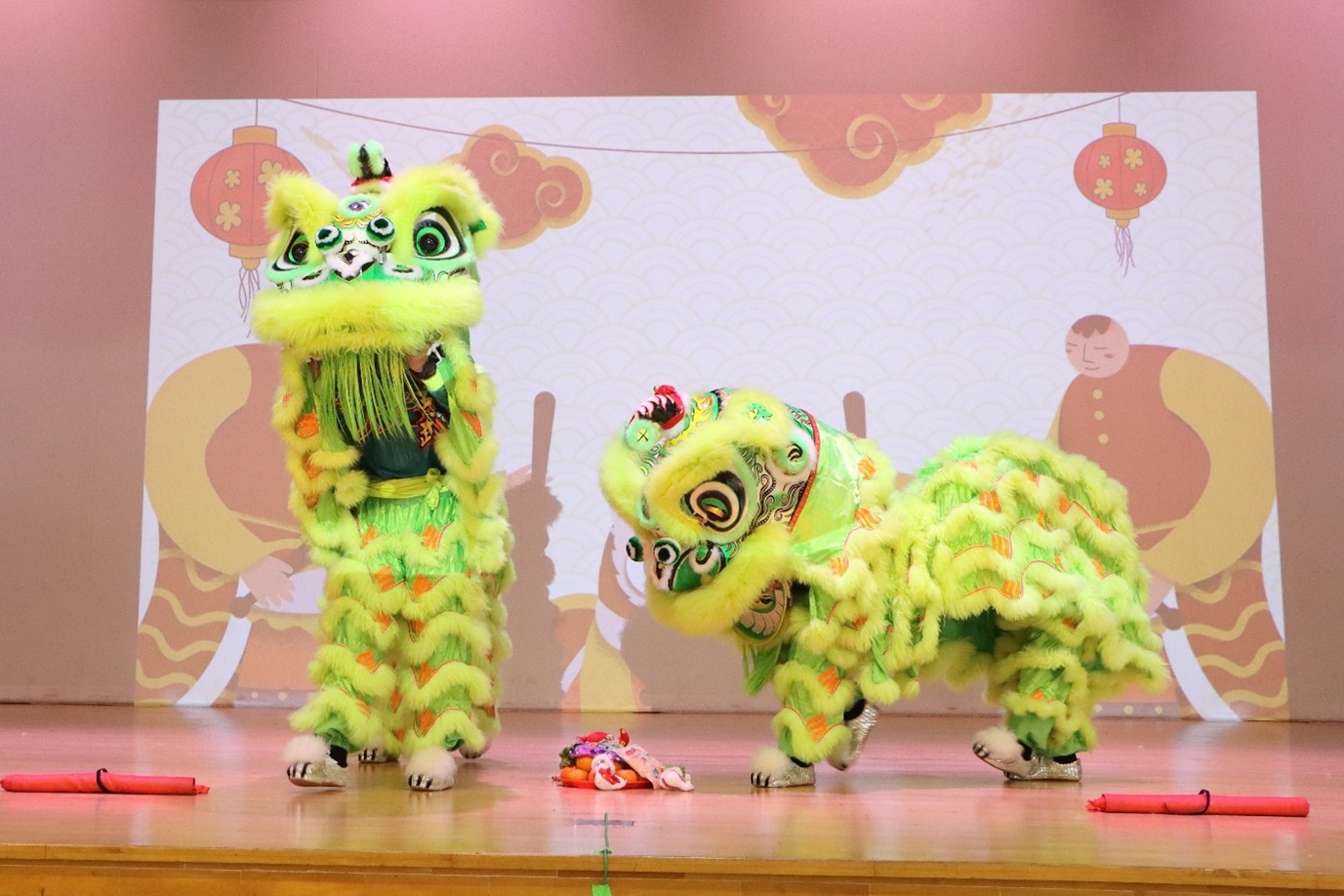Learning for Life Programme (LLP)

The Tampinesian Arts Philosophy
The arts refers to a dynamic range of creative expressions including visual art, music, drama, and dance. Central to this creative community is our human need to reflect on the individual’s purpose in society, and to learn new ways of communicating meaning between one another.
The arts allows us to safely explore imagined worlds, extend our perspectives to others’ situations, and examine our individuality and humanity. In Tampines Secondary School, our Learning for Life Programme (LLP) harnesses the arts as a vibrant learning domain with fresh pedagogical possibilities to provide students with discoveries on their character and holistic growth. We are proud to accompany our students on our LLP journey entitled:
Creative expressions:Character development through visual and performing arts.
By actively involving students in artistic exposure, artistic creation, and artistic outreach, our LLP forms a core component of the school’s co-curriculum. Learning through the arts, our students will embody intellectual curiosity in art-making, tenacity in learning attitude, and steadfast values in collaborative endeavours. Above all, Tampinesians should grow through our LLP to become individuals of good character who are responsible to family, community, and nation.

Learning Outcomes
The key LLP learning outcomes are:
-
Appreciation of the arts.
-
Opportunities for reflection, growth of self-identity, and collaborative learning in the arts.
-
Outreach to community through the arts.
Programming
Students’ aesthetic development is structured into Tier 1 exposure for all students, and Tier 2 engagement for Visual and Performing Arts CCAs members.
Tier 1 arts enrichment are grouped under Platforms for Lifelong Artistic Youths (PLAY).
In this category, every Tampinesian gets to experience various art forms throughout the 4-5 years in the school. These activities range from visual arts like batik painting, metal tooling, mosaic art to playing the ukulele or vigorous activities such as hip-hop dance.

Mosaic art is just like piecing together a jigsaw puzzle - it engages students both cognitively and aesthetically.
As part of Tampines Secondary School’s Creative Expression LLP, Secondary Two students undergo a 14-week Devised Drama Workshop where they take on roles such as actor, director, or stage manager. Supported by professional instructors, they bring scripts on contemporary issues to life through rehearsal and performance, learning to express themselves clearly and confidently. In the process, they develop key 21st Century Competencies such as critical and inventive thinking, collaboration, and communication, while refining their use of voice, movement, and staging to convey meaning effectively.

Sec 2s receiving instruction as part of their devised drama programme
There are also at least four school-wide assembly programmes dedicated to the appreciation of different art forms. Staff and students have been entertained by puppet shows, taiko drums and lion dances during CNY celebration.

Lion Dance at Chinese New Year Celebration
Tier 2 engagement is achieved through the visual and performing arts CCA groups. These programmes cater to students who have greater aptitude and passion for aesthetics and can be viewed in the CCA section of our school website.

Dance Dynamics, one of our Performing Arts Groups

